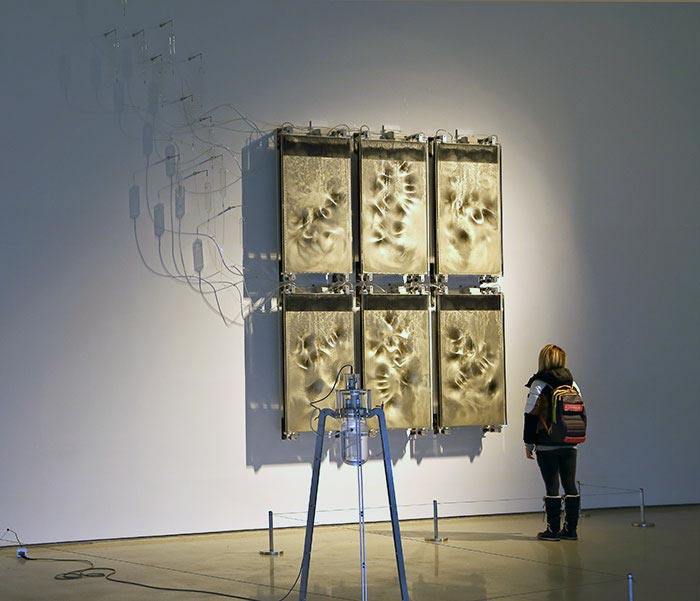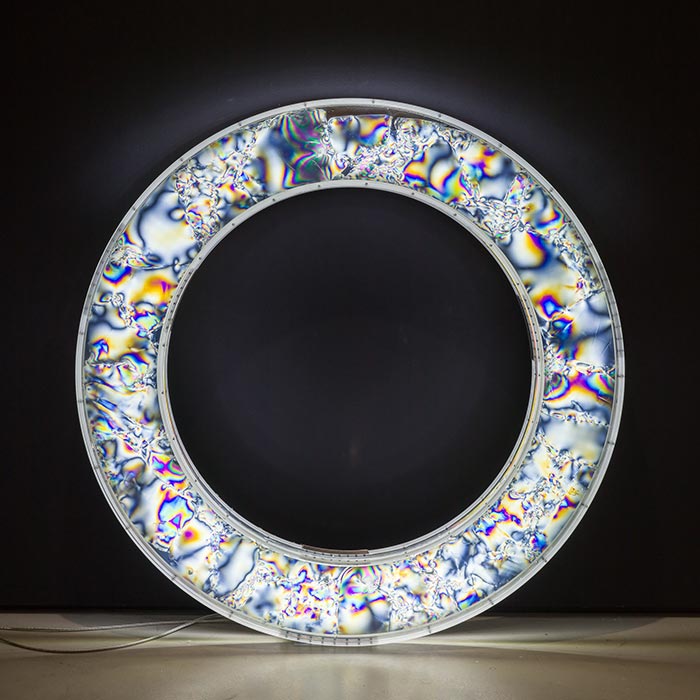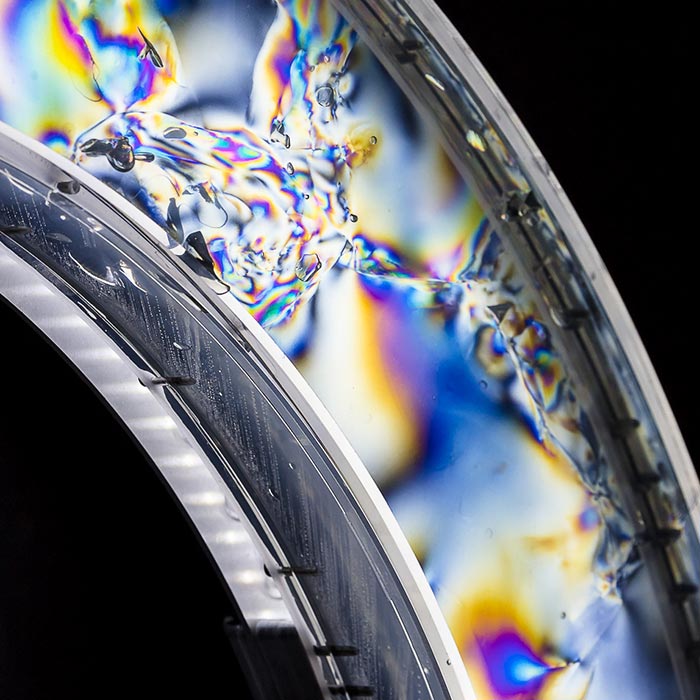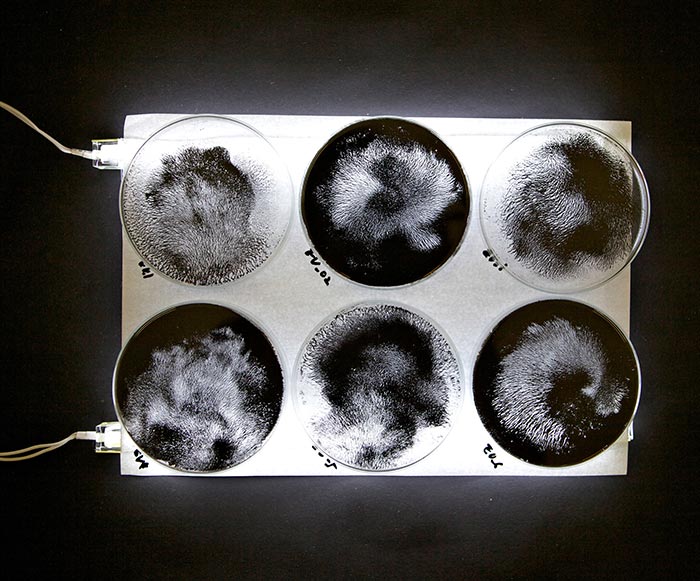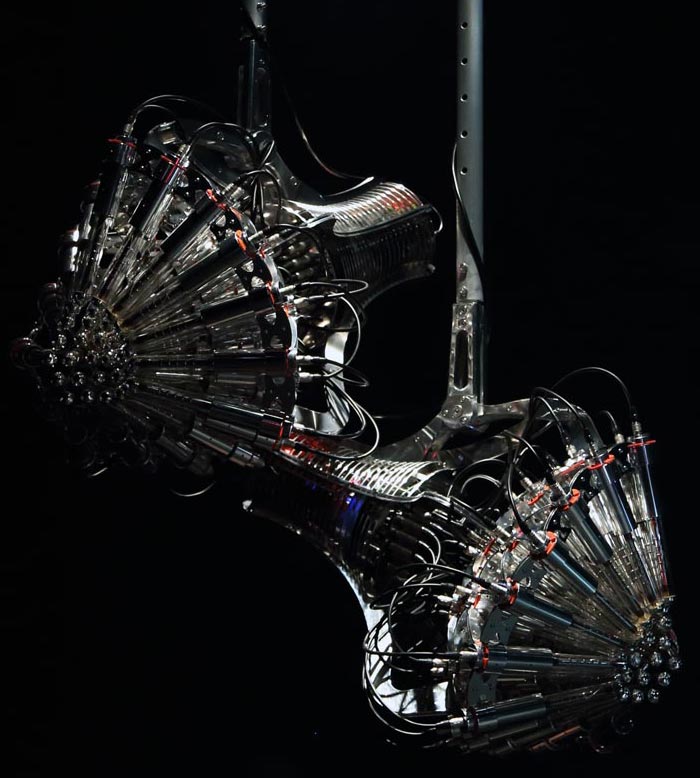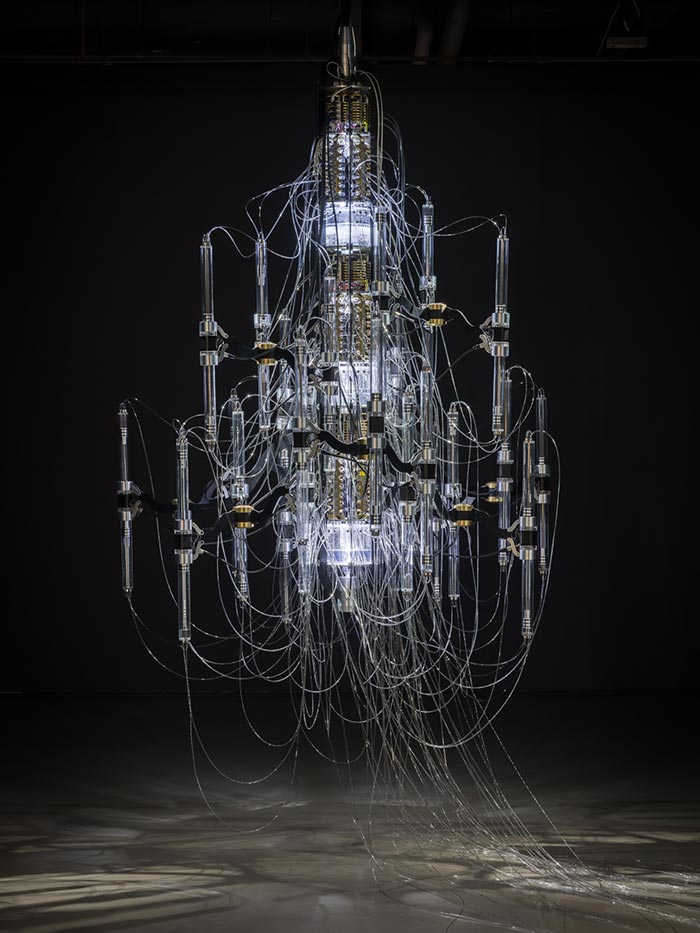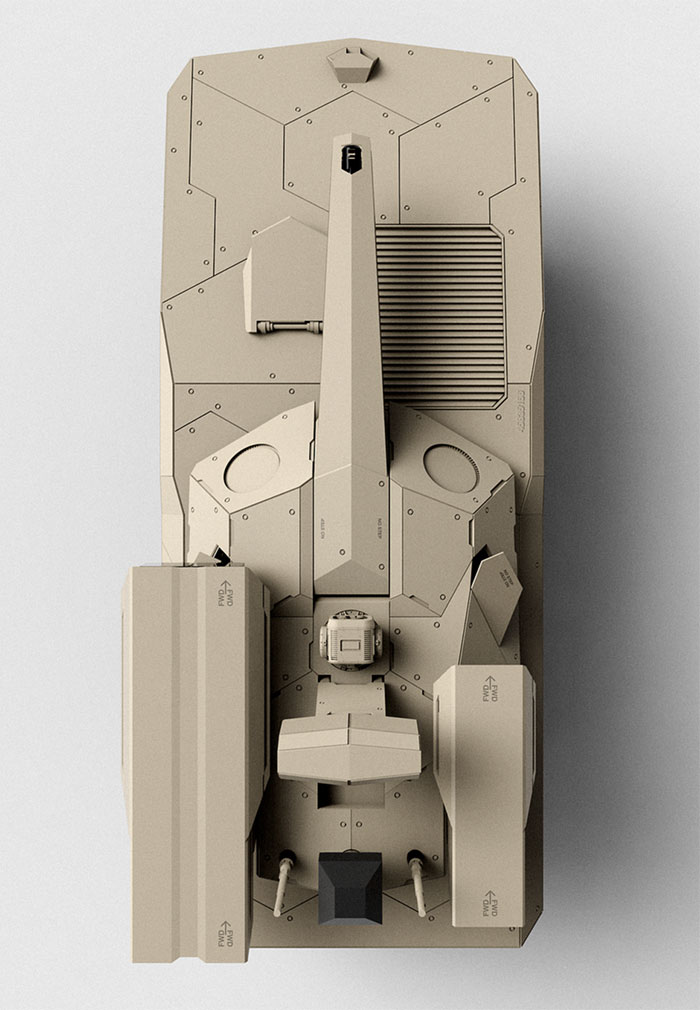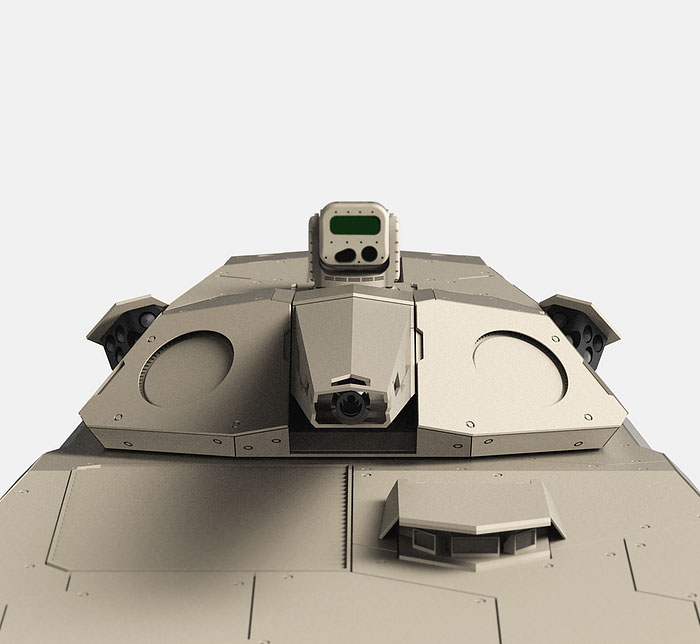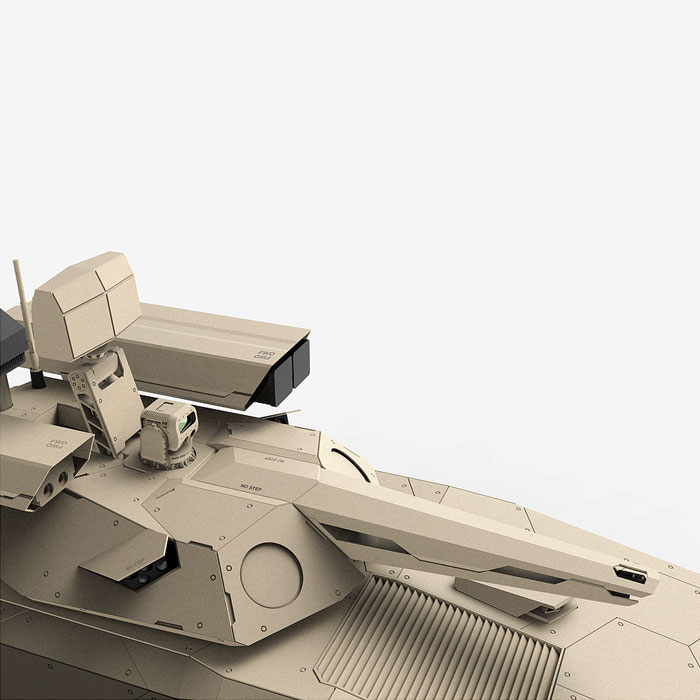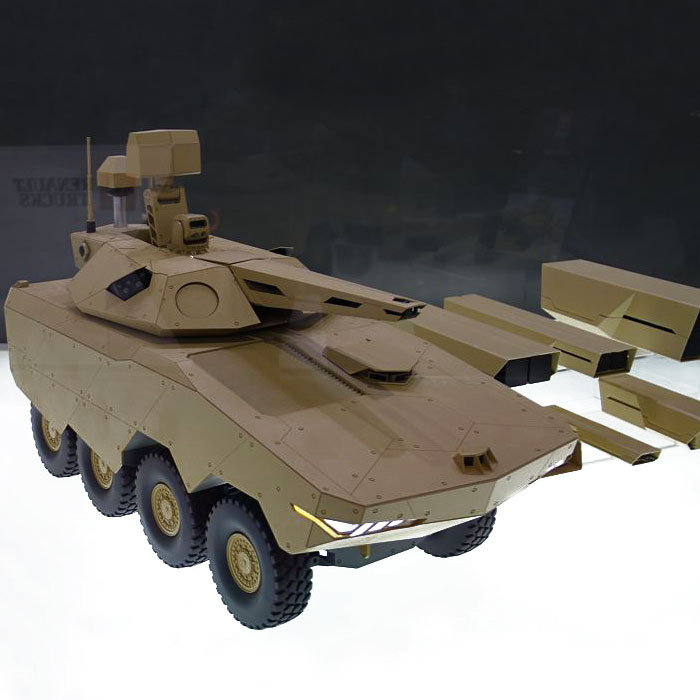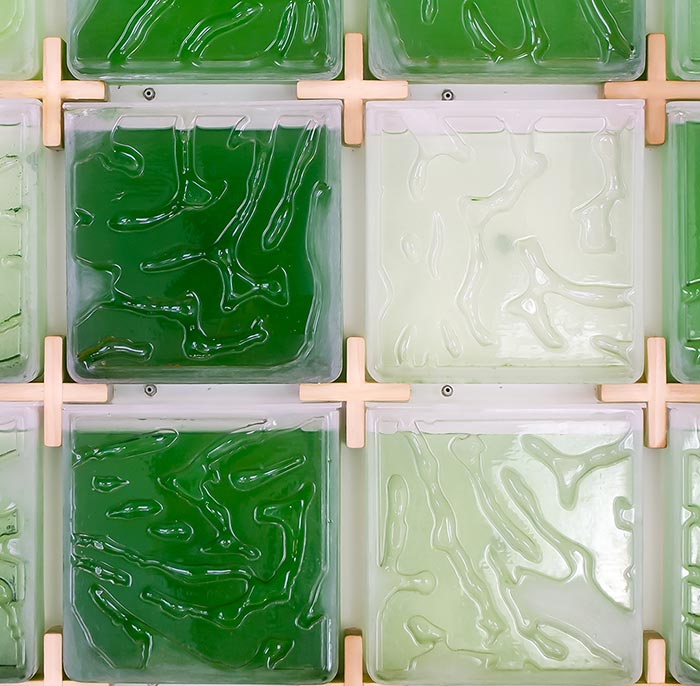
Algae play a critical role in the sustainability of human life and our ecosystem. Algae are some of the most efficient CO2 scrubbers in the air, with ten times greater CO2 fixation than terrestrial plants. The 1974 UN World Food Conference deemed algae ‘the most ideal food for mankind,’ and NASA uses algae as dietary supplements on long-term space missions because of the rich, well-balanced nutritional content.
Even so, however, we may not fully enjoy algae's outstanding benefits in our everyday lives. Rather, we tend to dismiss it, associating it with negative feelings: mossy, slimy, gross. This isn't strange, because we usually see algae in unpleasant situations—stagnant water, with a nauseous smell like pond scum—and these contexts influence our perception of algae as distasteful. Because of this emotional rejection, we might underestimate algae's values, try to eliminate it from our everyday lives, and thus lose the potential benefit to our health and our environment.

The Coral is an indoor micro-algae farm designed to rebuild a relationship with algae in our everyday lives.
This wall-mounted bioreactor proposes a daily ritual for algae consumption through home algae farming activities.

Each culture cell in the four-by-four grid wall frame contains around 2 grams of algae when it turns dark green—the recommended daily intake amount. The 16 cells in the farm enable us to grow and eat algae every day because one cell has a biweekly cycle to replenish after harvesting.
Through its simple farming and harvesting process, The Coral allows us to access this outstanding food resource at home and consume algae - a sustainable alternative of supplying nutritional diets.
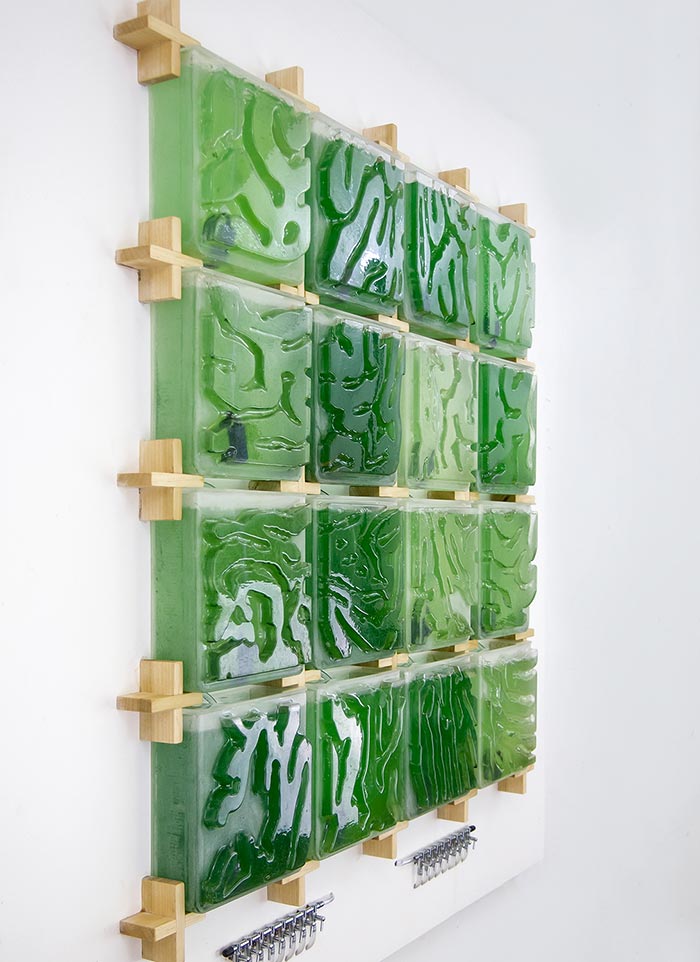
The Coral also highlights the environmental benefits of algae through its coral pattern on the front. The 16 cells change color from transparent to shades of green as the algae grow and complete one vibrant coral. This transition shows the environmental importance of algae through a symbol of revitalizing coral from ‘coral bleaching,’ the worldwide phenomenon caused by global warming.
‘The Coral’ is an indoor micro-algae farm designed to rebuild a relationship with algae, critical for sustainability yet less appreciated, in our everyday lives.
Hyunseok An

